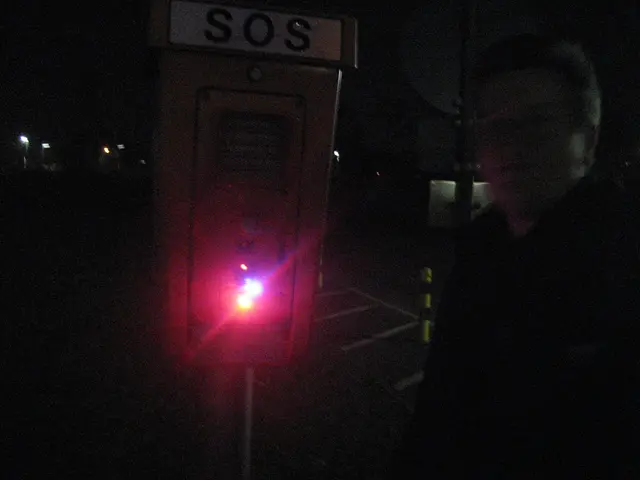Costly Retirement Destinations for Seniors: Breakdown of Additional Funds Required
**High-Cost States Require Significant Retirement Savings**
Retirement in states with high living expenses, such as New York, Hawaii, Washington D.C., Alaska, and California, necessitates a substantial amount of savings to avoid outliving one's money, according to a recent analysis[1]. The primary drivers of these elevated expenses are increased housing, healthcare, and general cost of living.
**Savings Needed in High-Cost States**
A retiree in Hawaii, for example, would need over $4 million to comfortably cover 30 years of retirement, without accounting for inflation or investment returns[2]. In California, the estimated requirement is over $3 million, while in Washington D.C. and New York, retirees are said to need "a lot more" to close the gap between typical savings and actual needs[1].
**Calculating Retirement Savings**
To estimate the required savings, annual expenses are multiplied by the expected length of retirement. For instance, in Hawaii, the annual expenses of approximately $137,773 would result in a 30-year need of around $4.13 million[2]. Similarly, in California, a retiree would need around $3.05 million for 30 years[2].
**Strategies to Close the Gap**
Several strategies can help close the savings gap. Delaying retirement for a few years can significantly boost savings[1]. Increasing savings rates, particularly by maximising contributions to tax-advantaged accounts, is also advisable[1]. Downsizing or relocating to a less expensive area, part-time work, and careful budgeting can also help extend savings[1].
**Summary**
The table below provides a summary of the findings:
| State | $1 Million Lasts | Annual Expenses | Estimated 30-Year Need | |-----------------|------------------|-----------------|-----------------------| | Hawaii | 7.3 years | $137,773 | ~$4.13 million | | California | 9.2 years | $101,718 | ~$3.05 million | | Washington D.C. | Not specified | Very high | Multi-million | | New York | Not specified | Very high | Multi-million | | Alaska | Not specified | High | Multi-million |
**Conclusion**
Retirees in high-cost states like New York, Hawaii, Washington D.C., Alaska, and California typically need several million dollars in savings to avoid outliving their money, far exceeding the often-cited $1 million benchmark. Annual expenditures in these states can surpass $100,000, and in Hawaii, approach $140,000, meaning a $1 million nest egg would be exhausted in less than a decade[1][2]. Careful planning, increased savings, and lifestyle adjustments are essential for retirement security in these locations.
This gap is present in 41 states and Washington, D.C., and is worse depending on where you live. The findings do not include earlier mentioned facts about the growing worry of outliving savings in retirement, or the average gap between projected spending and likely income. In Hawaii, the estimated retirement savings shortfall is $417,000. Some people are delaying retirement, collecting Social Security benefits earlier than planned, or seeking guaranteed income to give them peace of mind in retirement.
In high-cost states like New York and California, personal-finance management is crucial for retirement planning, as substantial savings in business and finance are needed to cover living expenses. For instance, a retiree in California would need over $3 million for a comfortable 30-year retirement, while in New York, the necessary savings are even more substantial, requiring "a lot more" than the typical savings.




